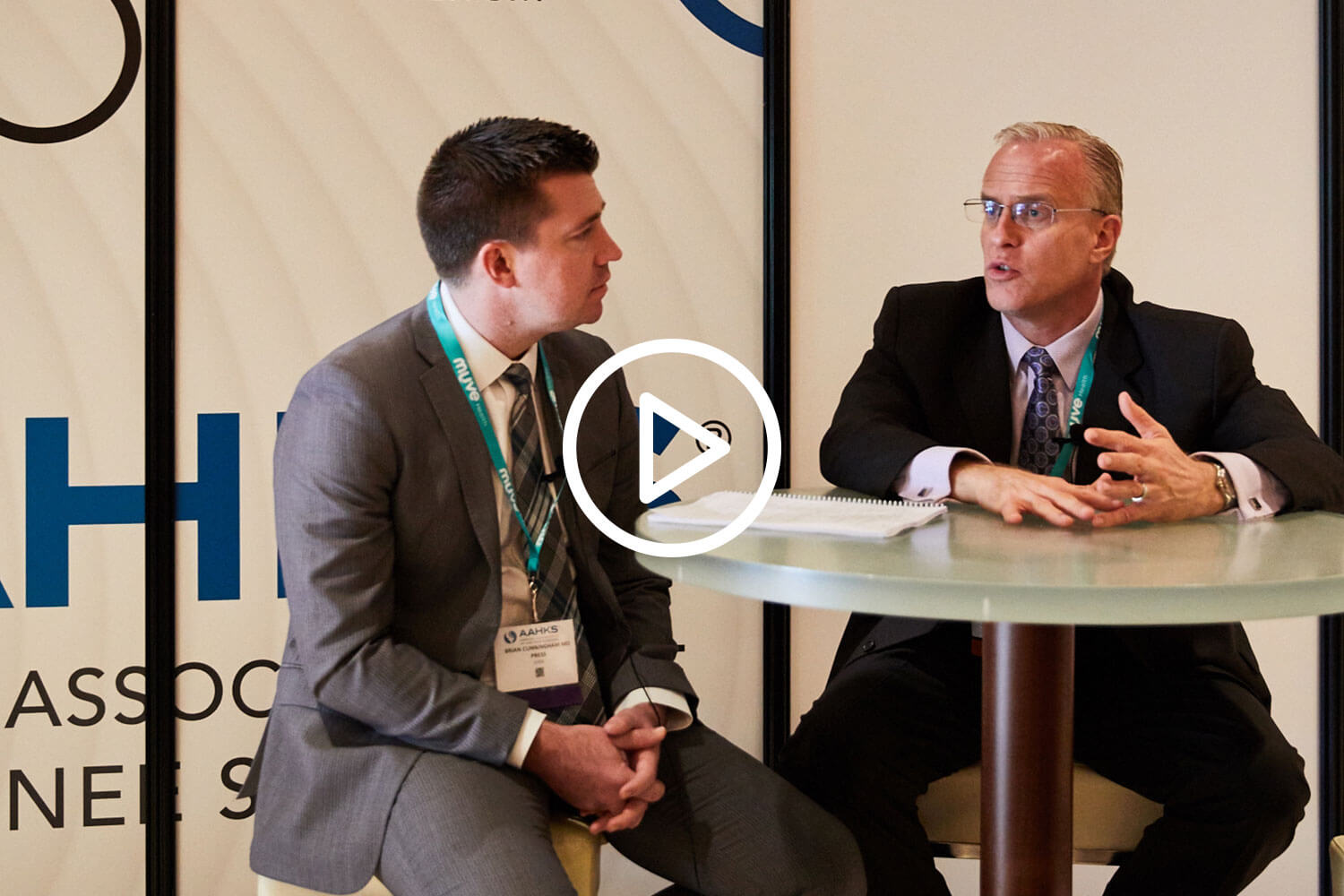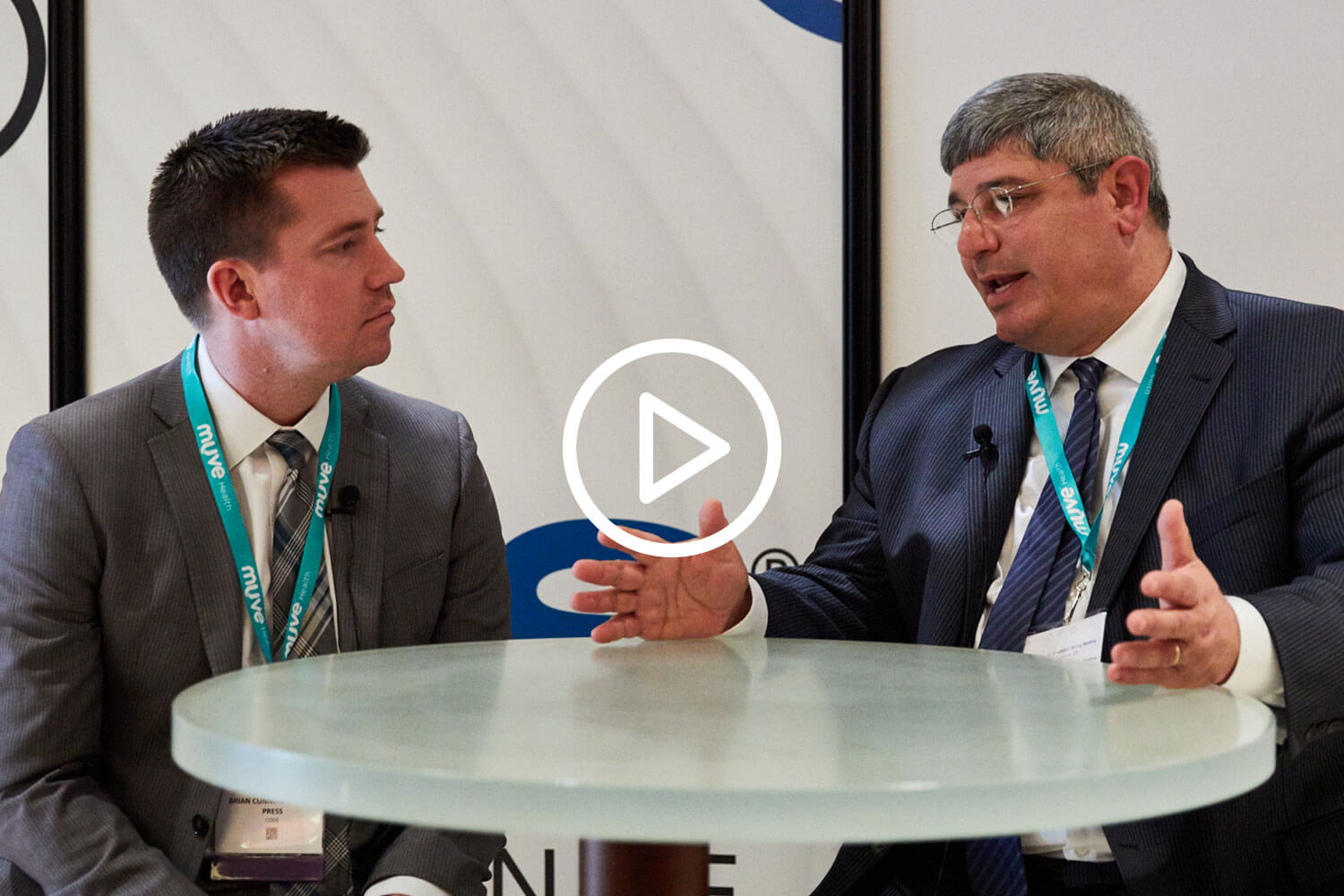From AAHKS 2016 – The Business of Total Joint Replacement Course
Thinking about joint replacement as a business is no longer simply a state of mind reserved only for a small segment of providers. How to survive in value-based care is at the forefront of every surgeon’s mind in a majority of today’s medical practices — no matter the size of the organization.
AAHKS dedicated an entire day of their annual meeting to The Business of Total Joint Replacement and the topic itself is what attracted CODE to the meeting. The caliber of the speakers did not disappoint. The course featured thought leaders who spend their days as surgeons, hospital administrators, policy experts, and those who blur the borders of titles.
Session Takeaways
The Health Care Revolution: Physicians need to lead the charge.
- “If change is needed, who will drive it? We physicians have to take a leadership role in this. We have to engage doctors in the health care revolution.” – Dr. Richard Iorio
- Surgeons hold the cards to drive the change the hospital needs: they are the ones who can identify clinical opportunities, what care looks like, how much is intentional or habit, what story the data tells, and how it compares to others. They should have a seat at the table.
- Culture is critical: alignment, transparent data, quality assessment, and patient-reported outcomes are all necessities for an empowered practice.
Communicating and setting expectations with patients is key.
- “None of us will be successful in this transition [to value-based care] without directly engaging our patients.” – Dr. Kevin Bozic, MD, MBA
- Surgeons need to own the communication between the patients, but the whole care team should be on the same page with the message to the patient. It only takes one staff member to alter the patient’s expectations.
- Careful patient evaluation and selection let surgeons leverage a care path specific to patient indication.
Think about quality as a necessity for upfront investment.
- “We invest in revenue cycle management and business intelligence software; quality needs to be treated the same. Outcomes are not just for research anymore.” – Dr. Kevin Bozic
- Dr. Thomas Vail added, “The long-term cost of not collecting PROs prospectively is much higher than the upfront cost associated.”
Data drives strategy.
- “Measure. Change. Measure again.” – Dr. Thomas Vail
- You need GOOD data to make decisions about cost containment, bundled payments, surgeon performance metrics, and insurance negotiations. Good data is data that is transparent, delivered in real time, and is believable and accurate.
Physician/hospital collaboration is necessary throughout the entire episode of care.
- “If physicians and hospitals do not find ways to work together, it’s highly unlikely that the overall system will work. The payer will be the main beneficiary.” – Dr. Jay Lieberman
- If the hospital is not willing to participate in gainsharing, they will never be successful (this was a sentiment repeated by many speakers throughout the day).
- “Physicians must be proactively working with the hospital to streamline the process as much as possible. A collaborative approach between the physician’s office and hospital is needed to meet the desired outcomes.” – Dr. Adolph Lombardi
- Three keys to managing the natural conflict between hospitals and physicians: transparent data, physician champion, data analysis.
It’s important to manage the cost of care after being discharged from the hospital.
- “Discharge to home from 2011 to 2016 went from 33.7% to 83.72%, significantly impacting our bundle performance.” – Dr. Stephen Zabinski
- Discharge from the hospital to SNF or acute care facilities dramatically increases the overall cost of the care episode, and this has a dramatic effect on bundled payments.
- Purchase of a care facility can mitigate some of the financial repercussions.
Bundled payments can be successfully done both in private practice and hospitals.
- “Value is agnostic of practice setting. It doesn’t matter where you are, value is value.” – Dr. Kevin Bozic
- Payment reform is driving change in the way health care is delivered and how physicians are reimbursed.
- “Our [private practice] alternative/ancillary payment pathways resulted in 54% increased reimbursement beyond the fee-for-service model alone.” – Dr. Stephen Zabinski
To win engagement from your surgeon team, be transparent with your data.
- “Data transparency drives competition amongst physicians. Risk sharing drives engagement.” – Dr. Kevin Bozic
- The utilization of data drives decision-making. Making accurate and clear data available to the surgeon empowers the most influential member of the financial ecosystem.
- Drive attendance and participation in meetings by publicly sharing surgeon data amongst the practice during meetings.
- “Physicians will listen to data, especially when it is about them.” – Diane Doucette
Be diligent with patient selection and preoperative optimization.
- “Cherry-picking and lemon dropping leading to decreased access are not optimal solutions. Risk stratification is the answer.” – Dr. Richard Iorio (complex sick patients result in the cherry-pick/lemon drop phenomenon)
- Selectively picking your patients will drive excellent outcomes.
- Preoperative optimization of patients with multiple medical comorbidities may result in improved outcomes profiles. No one has clearly demonstrated that preoperative optimization of patients leads to decreased readmissions.
Outcomes measurement is needed when making adjustments for cost.
- “The most valid and relevant measure of outcomes is validated PROs. The sweet spot of value is episode-based payments per procedure.” – Dr. Kevin Bozic
- Outcomes are the numerator in the value equation. The overall value demands that we improve or maintain outcome quality through PROs while decreasing cost.
- The industry is seeing more of a focus on the feasibility of measurement. Without monitoring outcomes, decreasing costs can simply decrease outcomes resulting in no appreciable improvement of value, and in a worst-case scenario, a decreased value.
Outcomes are Key to Value-Based Care
Outcomes are critical to making a successful transition from volume-based care to value-based care. Every financial decision from implant choice to discharge destination, medical optimization, physician alignment, and bundled payment demand accurate, robust data. One critical portion of that data is patient-reported outcomes. Cost and process data is easily accessible thanks to the EMR, but patient-reported outcome data is brutally expensive and difficult to collect.
Schedule A Call With a PRO Expert!
Need more help with your PRO related questions? CODE can help! Schedule a call with a CODE expert today to get you on your way to better harnessing your patient reported outcomes.



